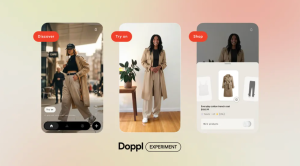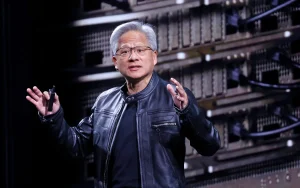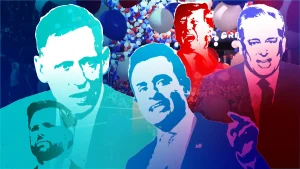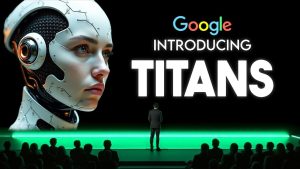OpenAI Unveils GPT-4.1: A New Era in AI
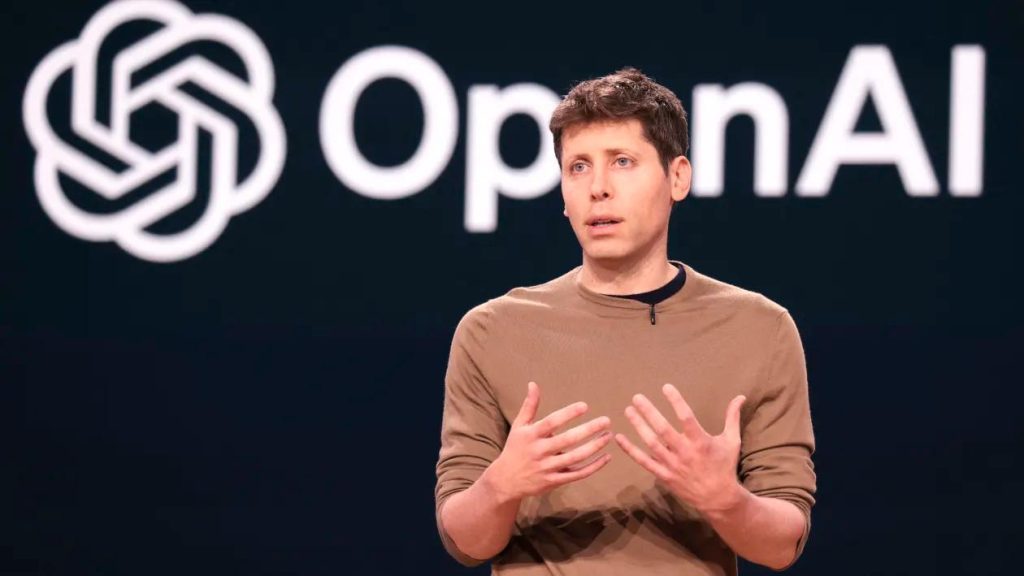
The world of AI is buzzing with the release of OpenAI’s latest model, GPT-4.1. Bringing significant upgrades, this release marks a pivotal moment in artificial intelligence. With every new version, OpenAI continues to redefine what’s possible, setting the bar ever higher for innovation.
GPT-4.1 is not just a step forward; it’s a leap into new capabilities. It’s designed to improve efficiency in processing text, coding, and following instructions. As excitement builds, many are eager to see how this model will impact various industries. The future of AI feels closer than ever.
OpenAI’s GPT-4.1 now handles up to 1 million tokens, equivalent to approximately 3,500 pages of text. This enhancement vastly outpaces the prior version’s limit of 128,000 tokens. It allows for more significant and detailed analyses, which can benefit industries reliant on large-scale data processing.
The model promises enhancements in areas like coding, making it a valuable tool for programmers. Its ability to follow instructions precisely provides a robust platform for developing applications and algorithms. GPT-4.1 is set to be a game-changer.
Currently, GPT-4.1 is accessible only via API, which ensures streamlined integration with existing systems. Alongside, OpenAI introduces the lighter versions: GPT-4.1 Mini and Nano models. These variants offer flexibility in usage, catering to different needs and budgets.
The Mini and Nano versions are designed to provide faster processing at lower costs. This strategic move by OpenAI caters to a broader audience, ensuring AI tools remain accessible to startups and smaller firms.
It’s reported that the enterprise subscription for OpenAI’s advanced models could reach $20,000 monthly. This price point reflects the groundbreaking nature of these models and their potential to drive change across multiple sectors.
Despite the hefty cost, businesses worldwide recognize the value in such cutting-edge technology. Early testers have demonstrated the models’ potential in fields like pathogen detection and recycling, hinting at transformative industrial applications.
These models uniquely identify cross-disciplinary patterns across physics, biology, chemistry, and engineering. Such integration is often challenging even for human experts. By harnessing this ability, GPT-4.1 could accelerate scientific breakthroughs.
The AI’s capacity to independently generate novel ideas aligns with notions of ‘universal explainers,’ contributing to a richer, more profound understanding of the world. OpenAI’s strides signal a new era of AI-driven research innovation.
With great power comes responsibility. As GPT-4.1 and its counterparts evolve, ethical considerations around AI usage become paramount. The ability to independently generate and integrate ideas raises questions about AI autonomy and transparency.
OpenAI acknowledges these challenges and is committed to ensuring ethical guidelines remain at the forefront. Continuous dialogue among stakeholders is essential to navigate the complex landscape of AI ethics.
Nvidia’s ambitious $500 billion plan involves producing AI chips on U.S. soil, highlighting the growing demand for AI infrastructure. Collaborating with TSMC, Foxconn, and Wistron, Nvidia seeks to fortify its position as a leader in AI hardware.
Such investments reflect the escalating role of AI in today’s business ecosystem. Major tech players like Microsoft and Meta are poised to invest heavily in AI infrastructure, fueling further advancements and innovations.
Google’s DolphinGemma model, capable of interpreting dolphin sounds, aims to establish communication channels with dolphins. This groundbreaking AI leverages decades of underwater recordings to mimic dolphin vocalizations accurately.
Using available technology, researchers could potentially communicate with dolphins and other intelligent species. This initiative underscores the expanding horizons of AI applications beyond human-centric uses.
A slew of new AI tools promise to boost productivity in exciting ways. From creating marketing content to optimizing sales taxes, tools like Pippit, iAsk AI, and Video Ocean offer diverse functionalities.
These tools reflect the increasing reliance on AI to streamline tasks and improve efficiency. As these applications evolve, their impact on both personal and professional productivity continues to grow.
ChatGPT users can now add objects to images effortlessly. By selecting GPT-4o, users create base images and integrate new elements with ease. This feature simplifies creative projects and enriches digital landscapes.
The potential for AI-assisted creativity is boundless, offering users new mediums for expression and design. Such advancements herald a future where creativity and technology seamlessly blend.
OpenAI’s GPT-4.1 marks a significant milestone in AI evolution. Its capabilities promise to reshape industries and fuel scientific innovation. As AI tools become integral to daily life, their potential to transform the future is limitless.


